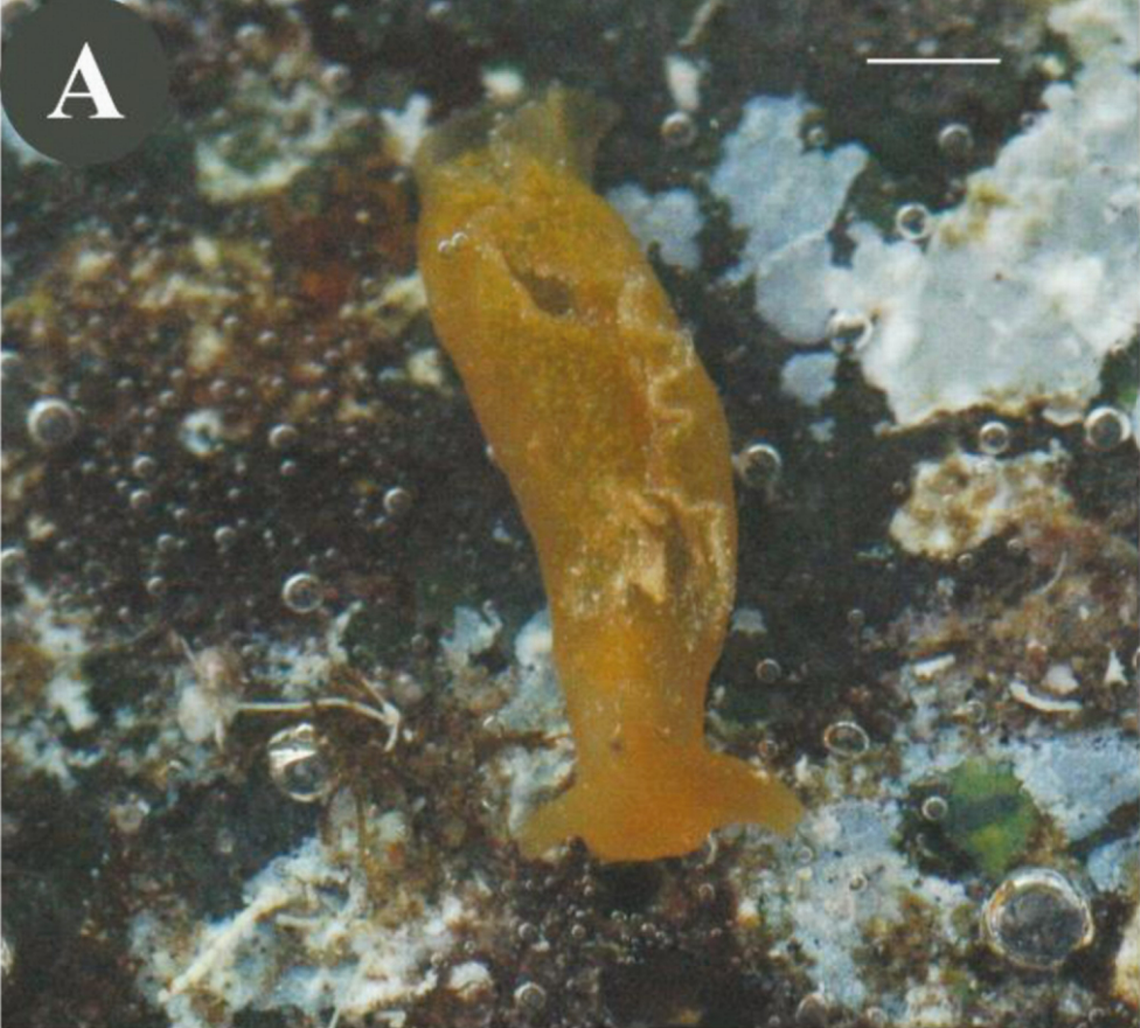See-through creature with ‘bladelike teeth’ found lurking in sea. It’s a new species
Plunging into the crystalline blue waters off a Portuguese island, scuba divers searched the seafloor. A see-through, orange creature lurking below caught their attention. It turned out to be a new species.
Researchers suited up in scuba gear to survey sea life in the Atlantic and Mediterranean oceans, according to a study published Aug. 7 in the Zoological Journal of the Linnean Society. They were searching for one specific group of animals: sacoglossan sea slugs.
Sacoglossan sea slugs, or “sap-sucking sea slugs,” are invertebrate ocean animals known for their distinct way of eating, according to the University Museum of Bergen. These sea slugs bite into algae and “suck out” the cellular liquid inside.
While diving off the coast of Portugal, researchers found a see-through orange sea slug, the study said. They collected three slugs and, taking a closer look, discovered a new species: Elysia azorica, or the Azores sap-sucking sea slug.
The Azores sap-sucking sea slug is about a quarter-inch in size, researchers said. It has “bladelike teeth” and a “bright and translucent orange” body. Its digestive system is visible from the outside and looks like “a dark green pigment.”
A photo shows the sea slug in its natural habitat. Its blob-like body has a handlebar-shaped head, and a fleshy ribbon-like structure with a white-tinged edge runs along its back.

Researchers named the new species after the place where it was first discovered. The Azores is an autonomous Portuguese island archipelago in the North Atlantic Ocean, about 1,000 miles west of mainland Portugal.
The Azores sap-sucking sea slug has only been found near Ihla do Faial island, the study said. It was spotted about 20 feet underwater.
The new species was identified by its coloring, teeth and genitalia, the study said. DNA analysis found the new species had between about 10% and 19% genetic divergence from other European sap-sucking sea slugs.
The research team included Rosario Martin-Hervás, Leila Carmona, Kathe Jensen, Patrick Krug, Fabio Vitale and Juan Lucas Cervera. Researchers also studied several other species of Elysia sea slugs.
Rare lizard-eating creature — with red eyes — is a new species in Guyana. See it
‘Large’ fringed creature found lurking at campsite in Madagascar. It’s a new species
‘Shrew-like’ creatures – with pouches and long tails – are new species in the outback
